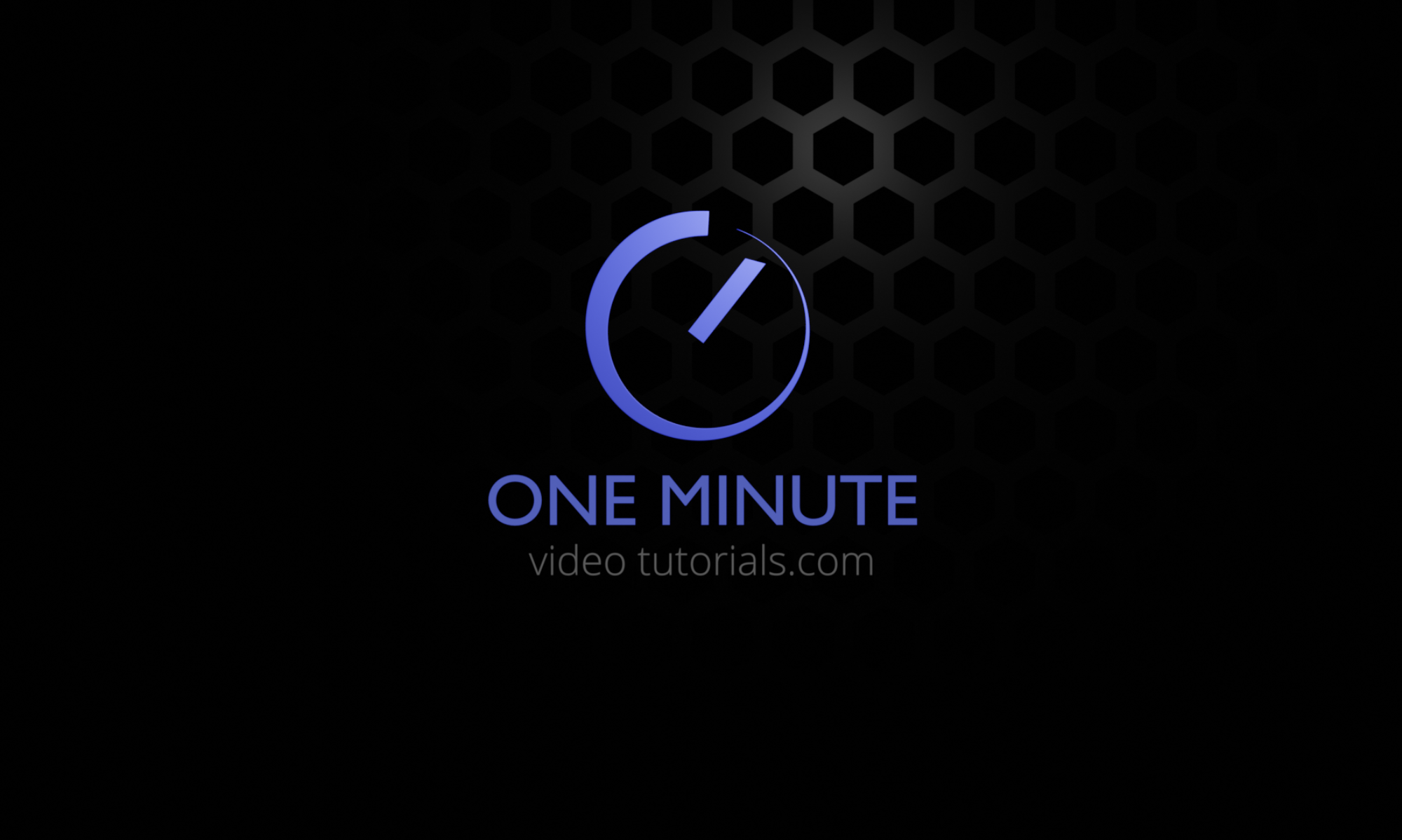Written instructions:
Here we have our default cube on layer one.
On the second layer we have a plane with a cycles emission shader.
We can view both layers simultaneously by shift clicking on them.
Now let’s go to the render layers and name the first layer cube. For this one we’ll only activate the first layer, because that’s where the cube object is located.
Then we’ll create a second render layer and call it emitter. For this one we’ll only activate the layer our emitter plane is on.
If you want you can hide the part of the cube that the emitter plane is blocking by enabling the emitter plane as a mask layer. For this situation we don’t really need that, so we’re not using any masks this time.
Now we can open up nodes and check the use nodes checkbox.
Then we’ll duplicate the render layer node and select emitter as the layer to be rendered.
Now we can add file output nodes for both render layers. We can change the file settings for the selected output node in this panel on the right. Here we can set the file name. We should also check RGBA so that we get an alpha channel.
Let’s change the output path also for our cube layer and name it cube. In the render settings it’s important to check transparent for the film in order to get alpha transparency.
Finally let’s hit animation. Blender will now render the cube layer to the cube folder and the emitter layer to the emitter folder. It is also rendering the composite node inside our root folder.
Now we can simply import our two sequences into a compositor like After Effects and play with our layers separately. Let’s give our emitter plane a glow effect. And maybe we’ll change the color of our cube.
Thanks for watching and see you next time on OneMinuteVideoTutorials.com!
